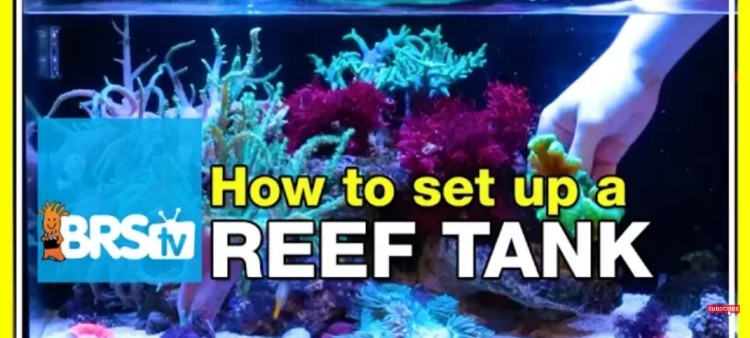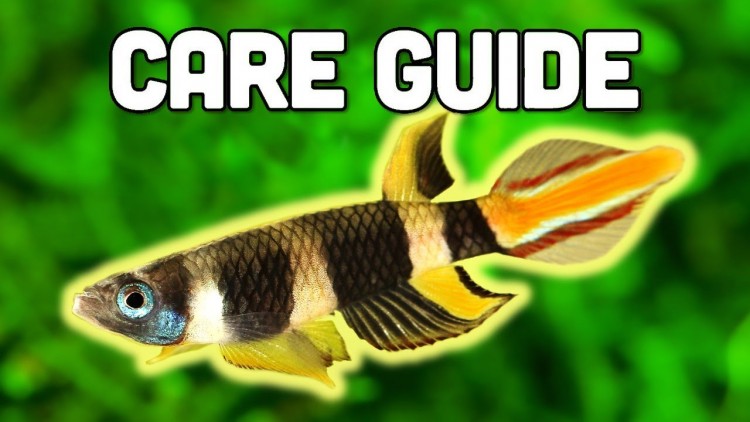How to Start a 20 Gallon Nano Reef Tank
- Oct 02, 2022
- Anshika Mishra
- 369 0 0

In this article, you'll learn one of the easiest ways to get your reef tanks up and to run. Here you'll know how easy it is to set up a reef tank with less than an hour of setup and thirty minutes of maintenance a couple of times a month.
The kit includes a heater, sand, rock, salt mix, fish food, glass cleaners, and a bottle of bacteria to start the filtration.
Setting Up the Reef Tank
The first step is to find a nice spot for the tank, which is level and can hold a couple of pounds as a countertop, sturdy cabinet, or table. Keep in mind that it will likely get wet occasionally when you put it on. So try to place the tank in a spot where it won't get a lot of direct sunlight.
Next, add your rock. Try to stack it to keep the stone a few inches from the sides and top stable. Finally, pour the sand and spread it around the base of the rock.
Mixing the saltwater is easy. Rubber-made trash cans are the most common reef-safe container for mixing saltwater. First, add salt to the water and look through a refractometer tool to measure the salinity.
The scale insider measure salt in parts per thousand or specific gravity. More or less, dissolve the salt, add a few drops of water to the window, close, wait 20 seconds, and look through the eyepiece. It should read 35ppt or 1.026 specific gravity.
Once you have the correct salinity, use the included de-chlorinator to make the water safe for the tank. While you are waiting for the salt to dissolve, take a moment to check all the tubing connections on the pump and get familiar with the back of the tank.
This area in the back is used to house equipment like pumps, filters, and heaters where they are out of the way. Go ahead and mount the heater, and ensure it is placed relatively low so it will stay submerged at all times.
Once you have everything situated, pour your mixed saltwater and plug in everything.
Since we are dealing with water, an ideal connection would be GFI or a powerstrip with a GFI built in. At a minimum, ensure you arrange the cords to cause drips to fall off rather than travel down the line to the outlet, which is called a drip loop.
Every electrical item in the tank will show a quick diagram on how they suggest doing it properly in the instruction. Of course, the tank shouldn't leak, but if it did, this would help keep your home safe.
Now that the water is circulating, we just set the heater at 78 degrees, replaced it, installed our lights, and set the tank up. this will take less than an hour to do from start to finish. We must now wait a few weeks for the beneficial bacteria to build up and start filtering our tank, called cycling the tanks.
Natural Filteration
We have not added an actual filter to the tank. That's because the filtration is primarily done on the surface of the rock and sand, where the beneficial bacteria populate and process the excess food and fish waste for you. So you don't have to do anything special to maintain this filtration.
While the bacteria would populate on its own over time, new tank owners typically aren't that patient, and there are a couple of things that will speed the process up.
First, we will use live sand containing live dormant bacteria to help cycle the tank. Second, we'll manipulate bios para. After that, you can get your fish, and the Biospira and the live sand will provide the filtration needed to protect the fish.
But it is always wise to use something pretty hardy like a clownfish as your first addition.
Adding the Fish, Inverts, and Corals.
After this, give your tank a month to stabilize with the lights off before adding anything new. Keeping the lights off will help reduce algae growth expected with new tanks. As a general rule of thumb, we find it wise never more than to double your fish load in a month.
Maybe add another fish next month and possibly two the month after.
Some of our favorite new reefers fish selections for a tank like this are standard clownfish, purple or red firefish, shrimp and goby pairs lawn mower, Midas blennies, or a dotty orchid bag.
Once the tank is stabilized around your fish population, you can add more exciting elements like snails, crabs, and shrimp.
You can also add more easy-to-care Corals. The lights that come with the kit are strong enough to keep some low-light corals. As a beginner, selecting some that don't require much effort, like soft or even some LPS corals, is also wise.
Maintenance
Now that the tank is set up, there are a couple of ongoing maintenance steps to keep the tank healthy. First is feeding the fish. These wet pets always look hungry but don't let them fool you. Their bellies are tiny, so a few pellets are a sizable amount of food.
Easy to keep fish only need to eat once a day at most. This is a critical point in a small tank; keep in mind that while the fish needs to eat, food is the primary thing that pollutes the tank and promotes algae growth.
You'll also need to top the tank, freshwater, every couple of days. Keep in mind that while the water will evaporate, the salt doesn't leave the tank. So topping off the tank should always be done with freshwater, not saltwater.
You'll also need to go through water changes every other week. Water changes are the primary methods to remove broken down food and other elements which can pollute the tank over time.







About author